- Show trip
- Add to bucket listRemove from bucket list
- Share
- Sep 17, 2023
- ☀️ 26 °C
- Altitude: 367 ft
 PolandMazoviaWarsaw52°13’48” N 21°0’38” E
PolandMazoviaWarsaw52°13’48” N 21°0’38” E
Soviet Gift Giving and Resistant Statues
 September 17, 2023 in Poland ⋅ ☀️ 26 °C
September 17, 2023 in Poland ⋅ ☀️ 26 °C
In comparison to the cities I’ve explored so far, Warsaw dwarfs all of them. I was starting to worry that I was getting a bit bored of cities however Poland jolts me awake. Warsaw is an eclectic mix of architectural styles.
I only really have a day to explore so my first stop is the Palace of Culture and Science. The huge building, which wouldn’t look out of place in New York, was a gift to the people of Warsaw from Stalin. In 1952 they were given the choice of a metro system of a building. Warsaw chose the metro, and Stalin gave them the building. Clearly his gift giving left a lot to be desired. The building has been a controversial one with calls up to this day to demolish it due to the reminder that it’s left of the suffering inflicted on the Polish people thanks to Soviet influence.
From here I walk to see the statue of the Polish (albeit Prussian at the time) astronomer Nicholas Copernicus. When the nazi’s invaded Warsaw, they replaced the plaque on this statue with one saying ‘To the Great German Astronomer’. The Polish Resistance weren’t having it and in disguise as workmen, they removed the plaque. It took the Germans 10 days to notice their missing plaque and in retaliation they issued proclamations decrying the incident and removed a statue of a famous Polish resistance fighter, Jan Kilinski, who had led the fight against the Russians in 1794, and stashed the statue in the vaults of the national museum. The next morning, someone had scrawled ‘People of Warsaw, I am in here! - Jan Kilinski’ on the side of the museum.
Shortly later new proclamations appeared, but this time rather than being signed by a Nazi general, they were signed by Nicholas Copernicus and stated ‘Recently criminal elements removed the Kilinski monument for political reasons. As a reprisal, I order the prolongation of winter on the Eastern Front front for the term of two months.’
The statue of Copernicus still stands today, a nice reminder of the Polish sense of humour and resistance against nazi occupation.Read more







 Czech Republic
Czech Republic

 Slovakia
Slovakia















 Denmark
Denmark




 Germany
Germany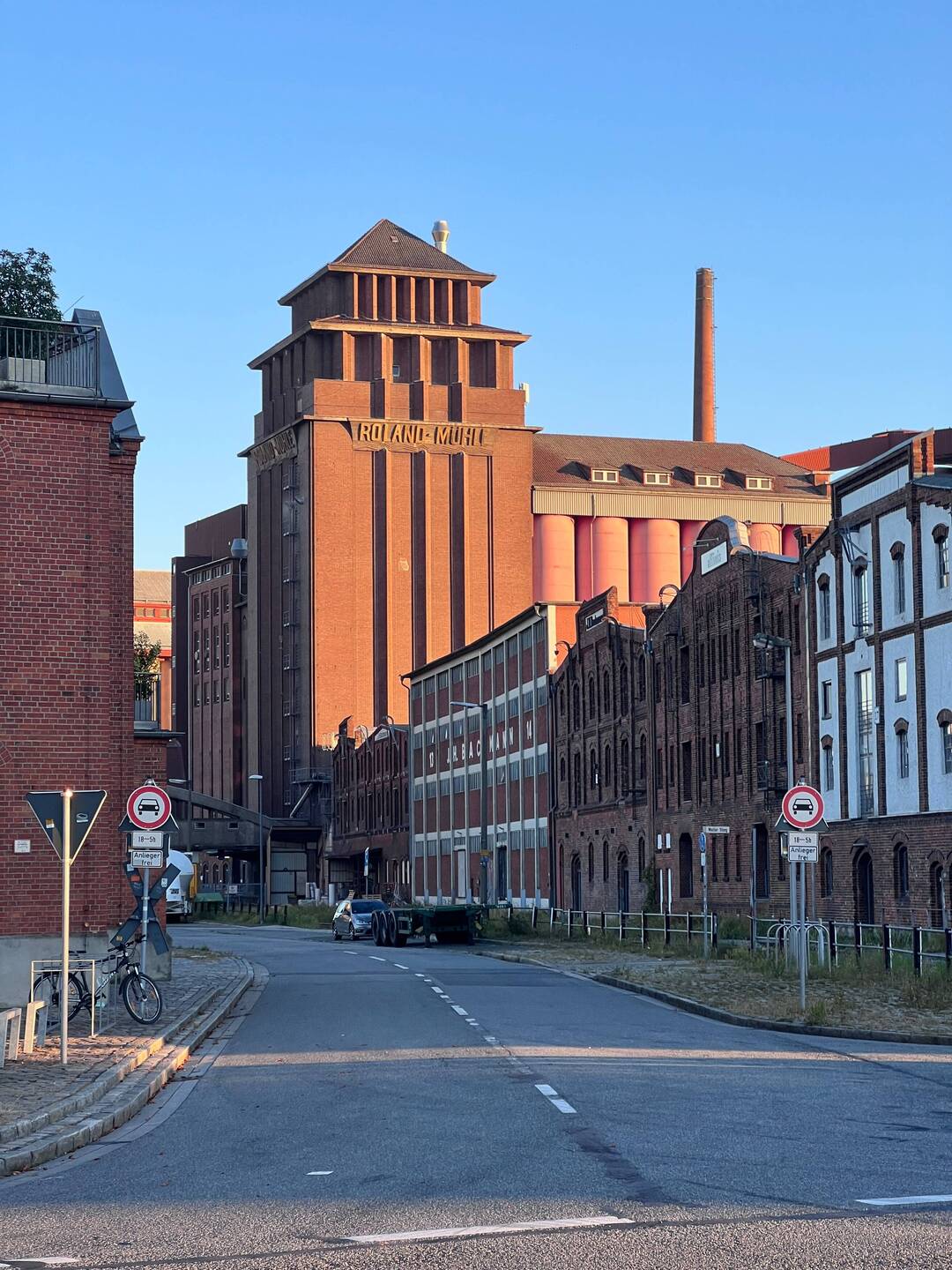
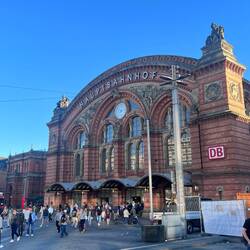
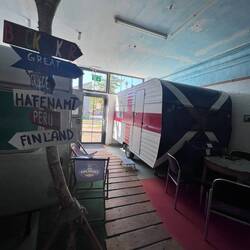
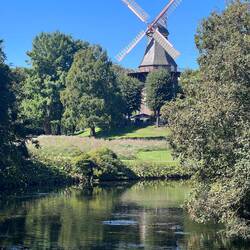
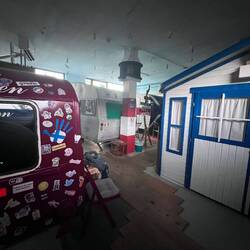

 Netherlands
Netherlands








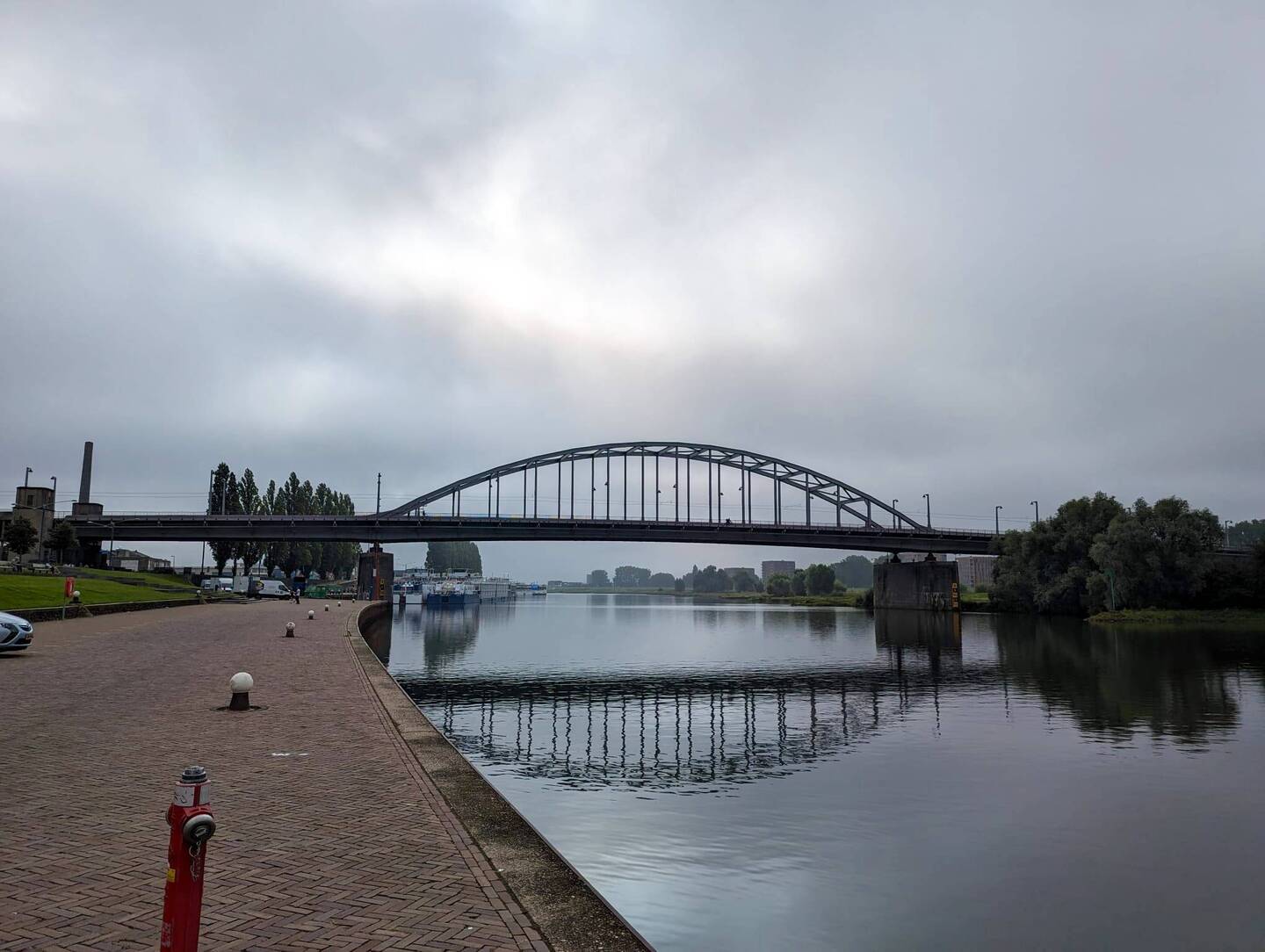

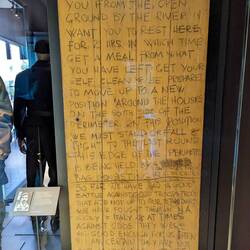
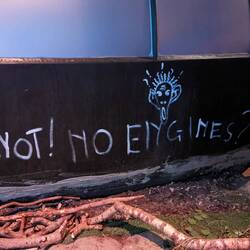





 Luxembourg
Luxembourg
 Belgium
Belgium



Traveler The things that I just don’t know- really interesting and the building looks as though it should be down town New York!!
Traveler Really interesting piece there Rhiannon… I love that defiant humour in terrible times!!
Traveler 👍👍👍
Traveler Yes… I see what you mean about it fitting in New York! ( I’ve never even remotely heard of this, it’s origin, or it’s historic ( and political) significance!👍👍👍
Yes… I see what you mean about it fitting in New York! ( I’ve never even remotely heard of this, it’s origin, or it’s historic ( and political) significance!👍👍👍